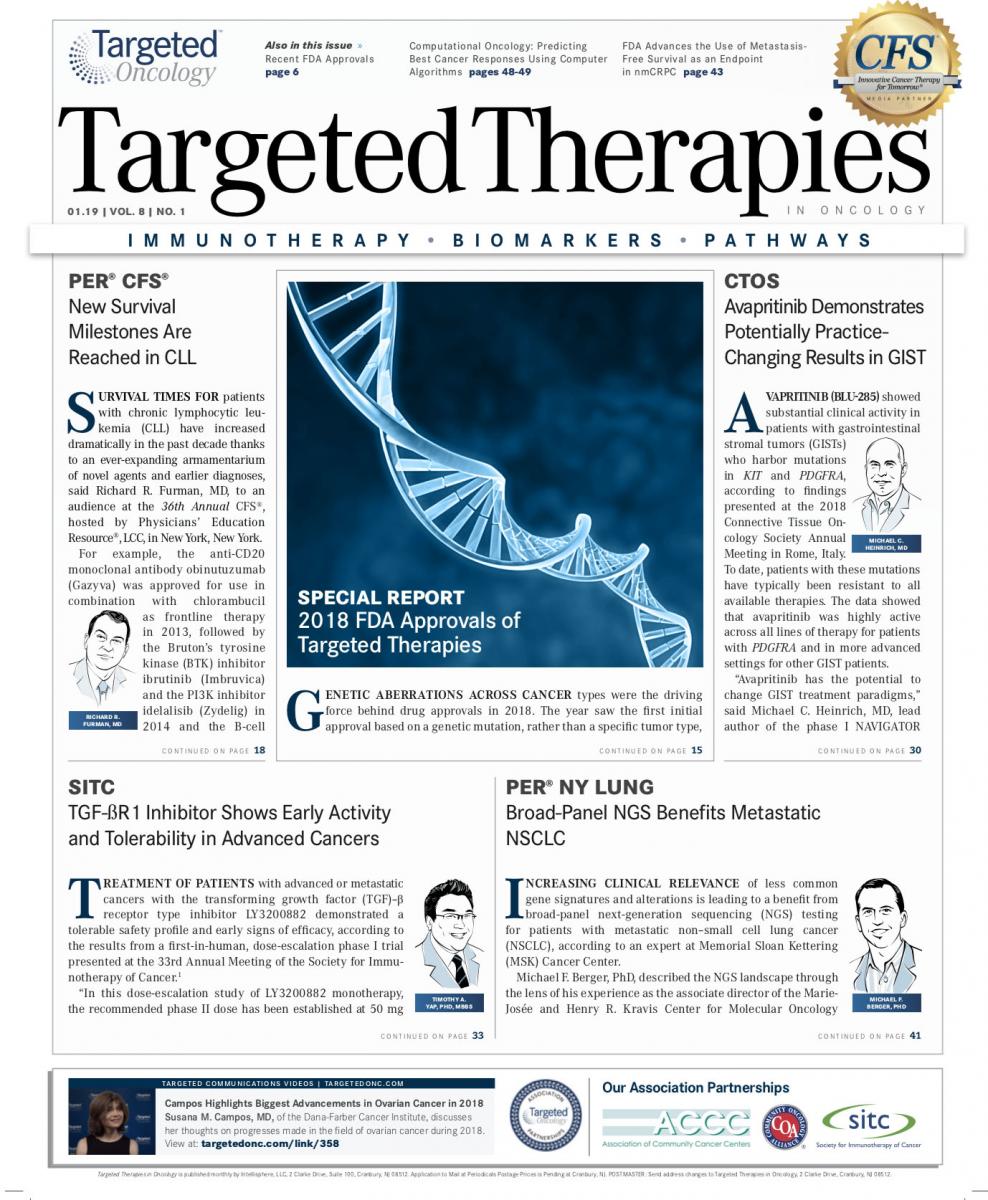Adjustable Predictors of ET Use in Black Women Could Improve Adherence
Nonadherence to endocrine therapy may explain why black women with hormone receptor–positive breast cancer have higher mortality rates than white women, despite historically lower incidence rates.
Differences in insurance status, tumor biology, stage at diagnosis, and adverse effects of treatment could contribute to patients’ nonadherence,
according to a study published by theJournal of the National Cancer Institute, and these factors may disproportionately influence black women.
The study included patients aged 20 to 74 years who had received a diagnosis of first primary invasive breast cancer between May 2008 and July 2013. Patients were sampled from the Carolina Breast Cancer Study phase III cohort and were sent a 2-year follow-up survey containing endocrine therapyrelated questions; 1280 reports were included in the data.

Overall, black women were more likely to report underuse and nonadherence to their ET regimen, as well as difficulty sticking with their prescribed treatment(FIGURE 1). Black women were also more likely to report forgetting to take their pills while traveling (26.2% vs 19.5%) and trouble remembering to take their medication (27.2% vs 13.2%). Skipping pills due to cost was also seen more commonly in black women (17.1%) than in white women (6.7%).

Compared with white women, black women were more likely to report experiencing adverse effects (AEs) of endocrine therapy “quite a bit” or “very much” in the preceding 7 days. Symptoms of endocrine therapy included hot flashes, joint pain, night sweats, weight gain, breast sensitivity, mood swings, and bloating(FIGURE 2). However, white women were more likely to report sexually related AEs like vaginal dryness and painful sex, than black women.

Black patients were most likely to report their perceived risk of disease recurrence as “very low” if they completed their endocrine therapy as directed; however, they were also more likely than white women to report that they did not perceive a change in the risk of cancer recurrence if they did not take their pills(FIGURE 3).
Certain factors, such as age at diagnosis and annual income, were independent predictors of treatment adherence regardless of patient race. Women aged <45 years were most likely to underuse (26%) compared with those aged >65 years, who were least likely to report underuse (14.1%). Those making more than $50,000 annually were most likely to adhere to their treatment (84.1%), whereas those making less than $15,000 were most likely to report underuse.
When the participants were divided based on insurance status at diagnosis, those with private insurance were most likely to adhere to their treatment schedule, whereas patients on Medicaid were most likely to underuseeven more than those who were uninsured(FIGURE 4).

Addressing these identified, modifiable predictors of nonadherence may prove more useful in developing a multifaceted intervention than prior attempts with educational materials, which showed little benefit. Supportive AE management, strategies for overcoming cost barriers, and moti- vational interviewing are some suggested tactics to help ensure endocrine therapy adherence in this patient population.
Reference:
Wheeler SB, Spencer J, Pinheiro LC, et al. Endocrine therapy nonadherence and discontinuation in black and white women [published online September 20, 2018].J Natl Cancer Inst.doi: 10.1093/jnci/djy136.

Breast Cancer Leans into the Decade of Antibody-Drug Conjugates, Experts Discuss
September 25th 2020In season 1, episode 3 of Targeted Talks, the importance of precision medicine in breast cancer, and how that vitally differs in community oncology compared with academic settings, is the topic of discussion.
Listen